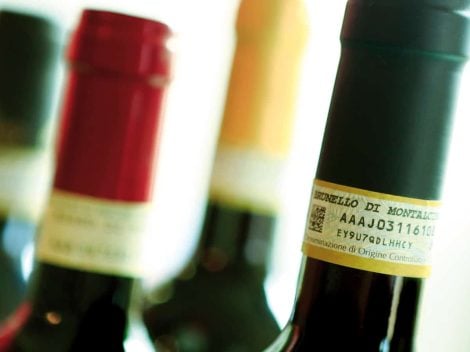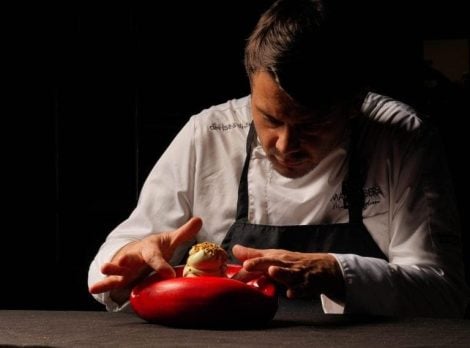The Italian merenda
The term comes from the Latin verb merere (to deserve), which translates to ‘the things one deserves.’ Only those worthy of deserving merenda have the right to enjoy it: children – who deserve everything – but also hard working adults, young students, food lovers, gluttons… Until quite recently, at a time of reckless consumerism, when TV and commercials dictated our shopping list, kids fed on supermarket snacks for merenda, so much so that the term, merendina came in use in the Italian language. This meant sugary and super-processed, highly-packaged snacks populating store shelves and, saldy, home pantries. Nowadays fortunately, more and more parents are increasingly careful about their children’s nutrition, rediscovering old-school merenda tradition.
As much as the rest of the country’s food, merenda changes according to region: each has its own climate, local ingredients and different ways of preparing merenda. So if in Sicily, kids snack on scaccia or sfincione bread, or briosche buns dunked in granita; in Garfagnana, merenda is usually chestnut crèpes called necci, slathered with fresh whipped cream or ricotta. In Carrara, where the quarry workers carve monumental slabs of marble from the Apuane mountains, the typical merenda is sandiwches made with unsalted bread stuffed with fresh tomato slices and Lardo di Colonnata. In Rome and in other cities, when the warm weather and seasonal fruits embellish the offer, kids of all ages go out for their merenda at the gelateria getting scoops of happiness in a coppetta or a cone.
What follows is a list of Italy’s universally popular merenda foods: mandatorily homemade and healthy mid-afternoon snacks.
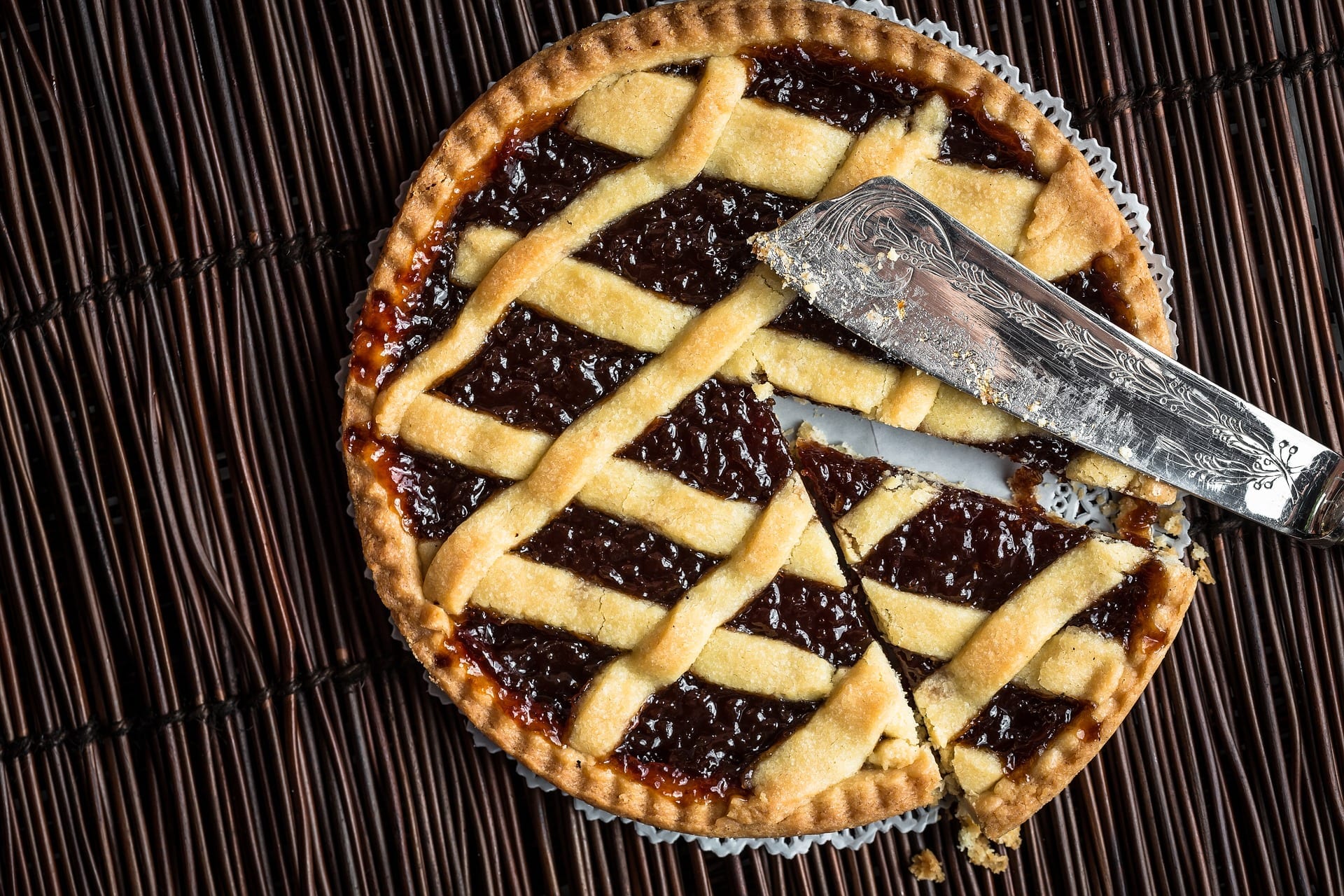
Crostata
Open face tarts are quintessential merenda material. A buttery frolla (shortcrust pastry) base is smeared with homemade jam, decorated with lattice pastry ropes and baked until golden. To make your own crostata, use our nonna-approved recipe by scrolling at the bottom of this article.
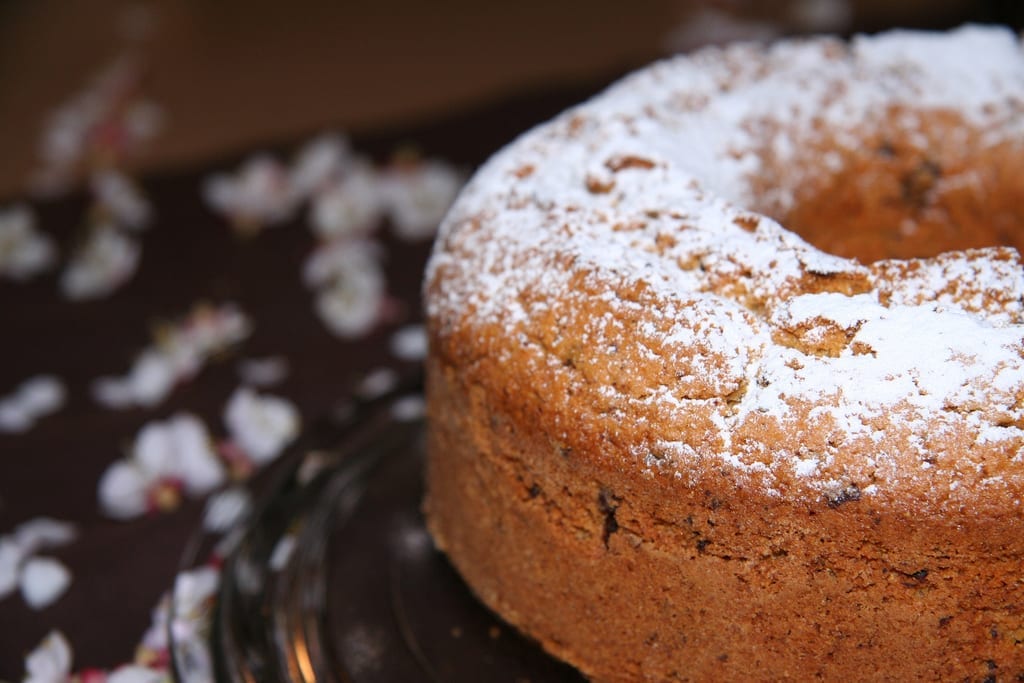
Ciambellone
Homework comes to a halt when caregivers all over the boot-shaped peninsula clear the table and serve up homemade and comforting ciambellone. Similar in texture to banana bread and pound cake, ciambellone relies on a ridiculous amount of egg yolks and can be mixed in with chocolate to become “variegato”.
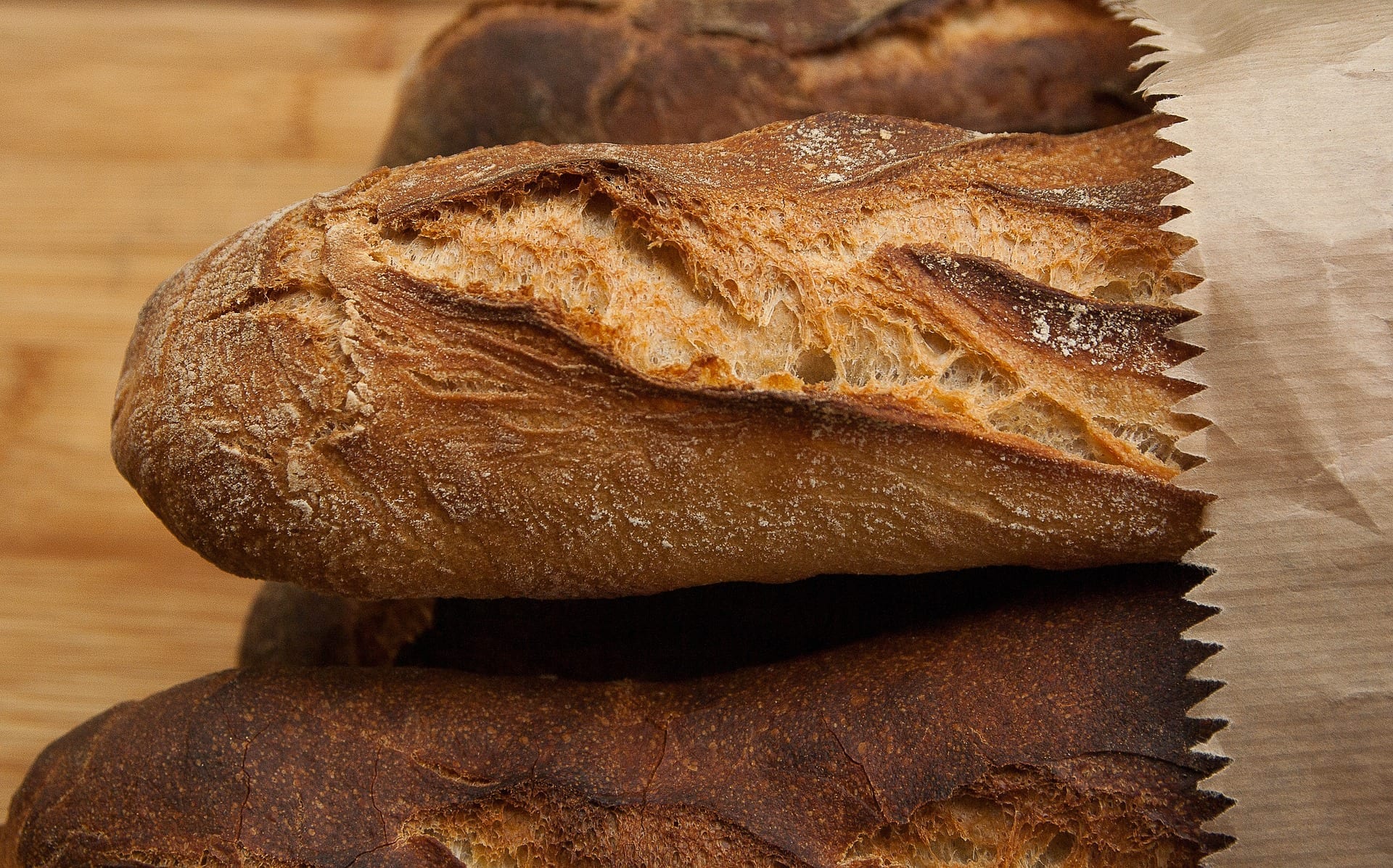
Pane burro e zucchero
Bread and butter is a merenda no-brainer. When dusted with sugar, this snack is elevated to delicious tea-time heights. The contrast between the savoury and crusty bread, the sweet crunchy granulated sugar and the creamy butter are enough to restore a smile to faces even on the dreariest of afternoons.
Pane e olio
This is not bruschetta, mind you. Beating the afternoon slump with a slice of homestyle bread drizzled with extra virgin olive oil and a pinch of salt is classic merenda throughout the entire Italian peninsula. Thanks to its short-chain fatty acids, pane e oilo is especially suitable for children who play a fair amount of sports. Rich in antioxidant polyphenols, extra virgin olive oil is perfect body fuel; plus the right amount of carbs lend energy and strength. A word about bread. The ideal bread for this merenda is homemade: employing stone-milled, GMO-free flours and natural “mother yeast” starters for leavening. If baking bread is not part of your routine, consider purchasing homestyle sourdough, baguettes or ciabatta-style loaves. Avoid industrial white bread and any other processed, ethyl alcohol-infused products.
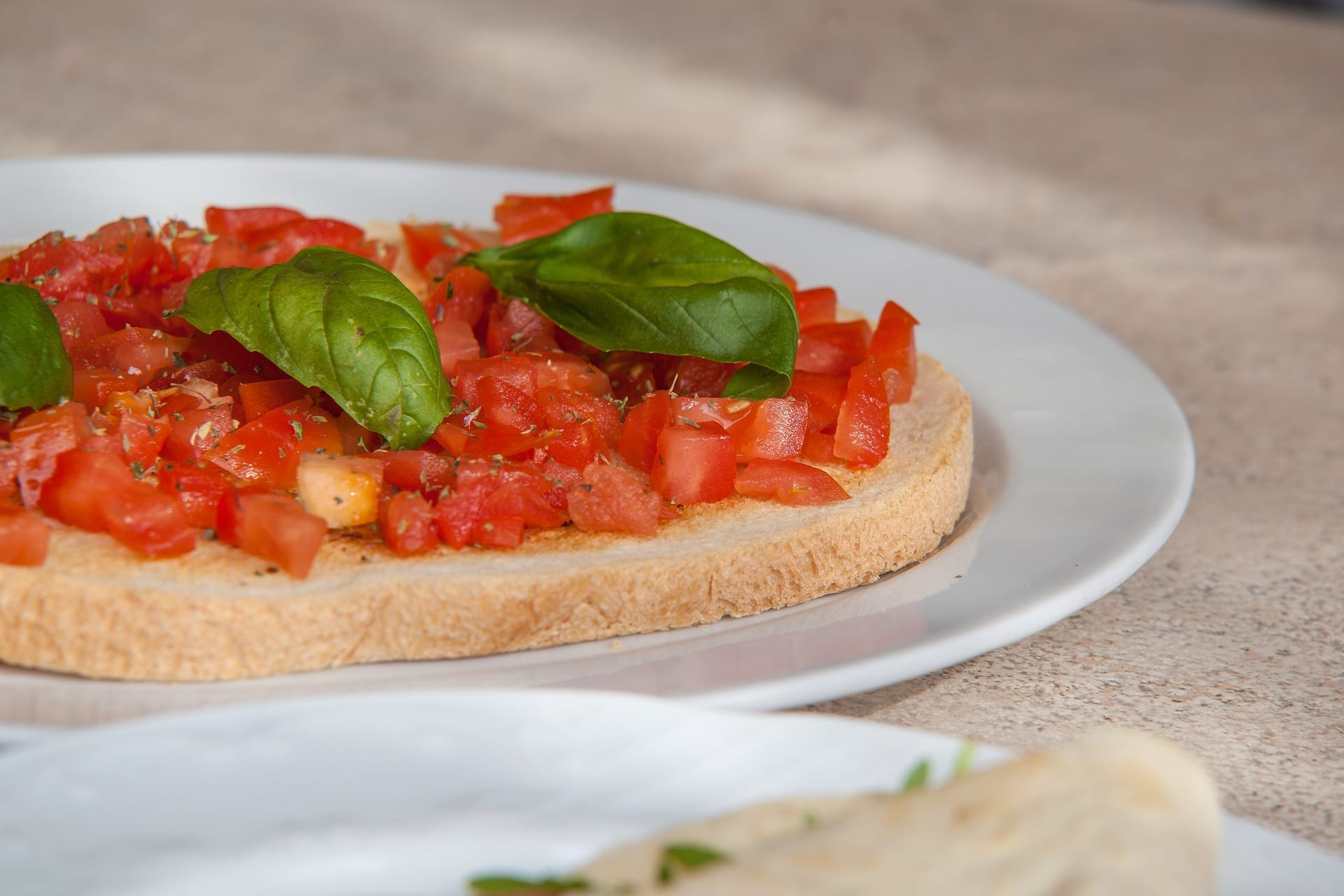
Pane e pomodoro
Rustic bread slices rubbed with a raw tomato are a very Mediterranean merenda. Think Spanish pan y tomate, for example. The ripe tomatoes yield to the coarse nature of the bread and lend all their flavour, which is enhanced by a thread of fruity olive oil and a pinch of salt. Oregano or fresh basil leaves are optional.
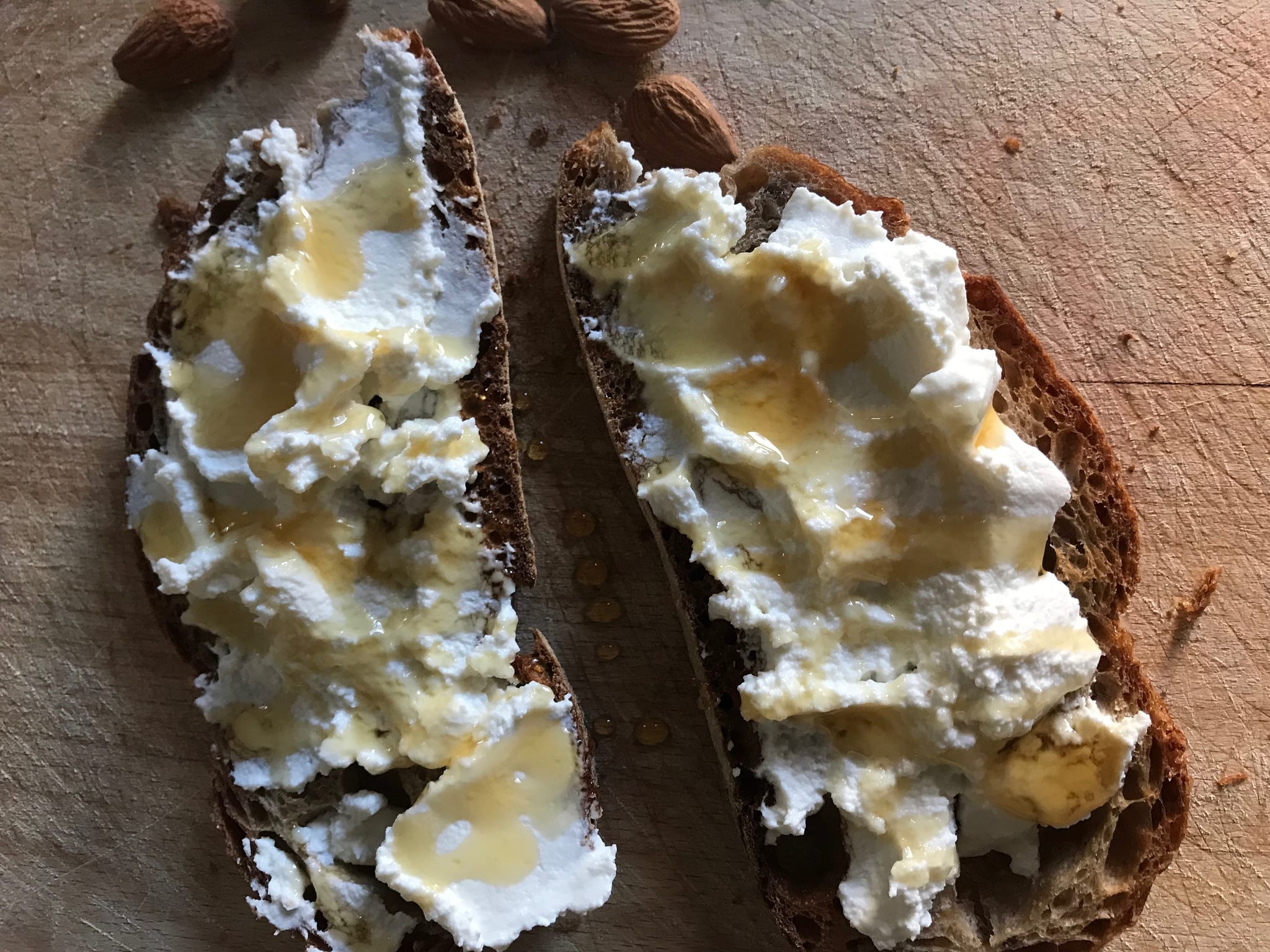
Ricotta e miele
A simple, yet tasty and energetic merenda is a slice of homestyle crusty bread smeared with fresh ricotta and topped with a drizzle of raw honey. The honey can be substituted with jam or fruit compote. Some families skip the honey and mix the ricotta with cacao powder, coffee powder, cinnamon, and extra sugar.
Burro e alici
This is more of an appetizer, but who says bread, butter and anchovies can’t be good for merenda? In absence of anchovies, merenda deserving folks can also enjoy bread, grass-fed butter and sea salt, a humble snack fit for kings.
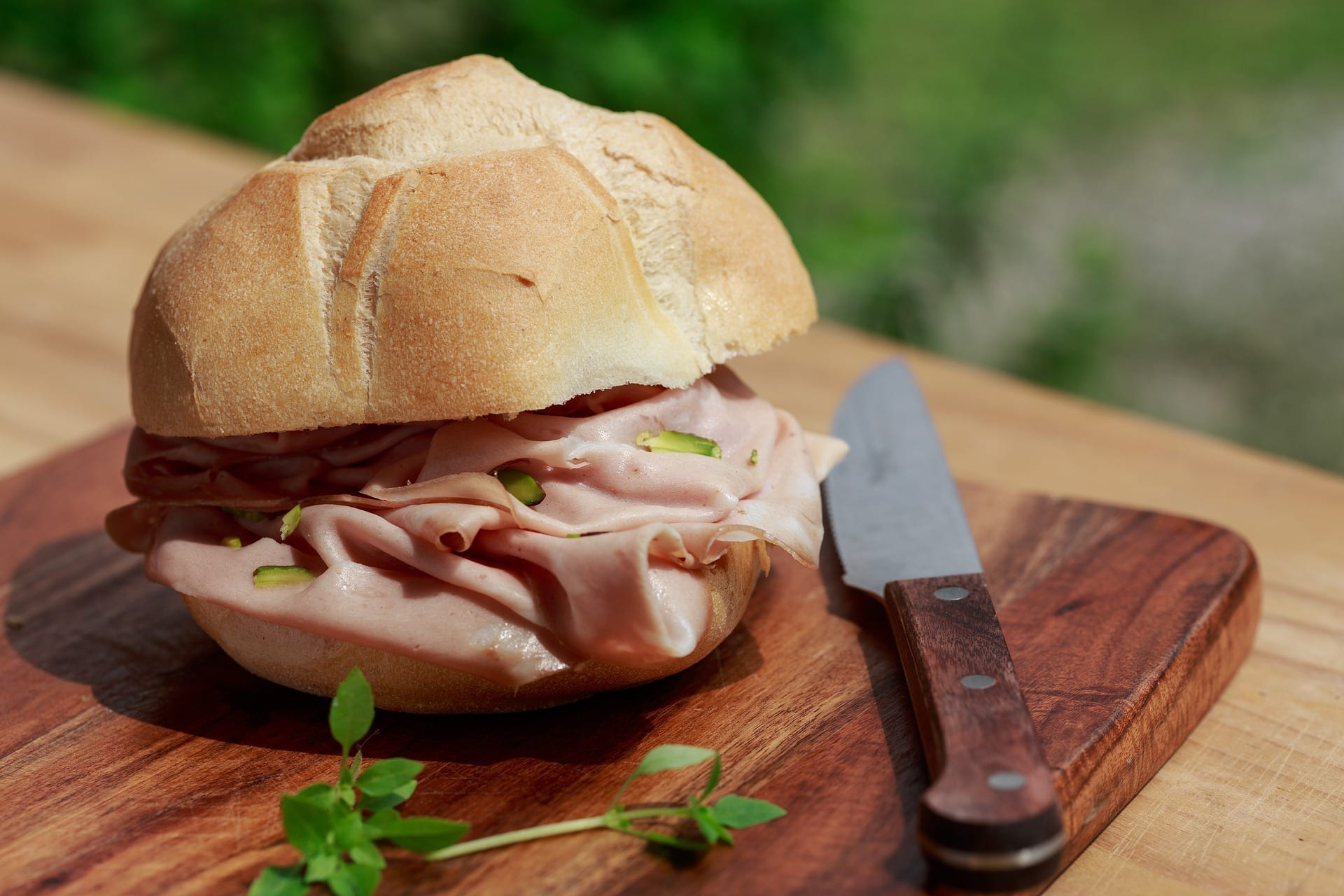
Panino
Yes, that is the correct spelling, not panini, which is the plural “sandwiches.” Silken slices of prosciutto or mortadella stuffed in a rosetta/michetta bread roll (name changes according to what part of Italy you’re in) are the perfect mid-afternoon savoury merenda.
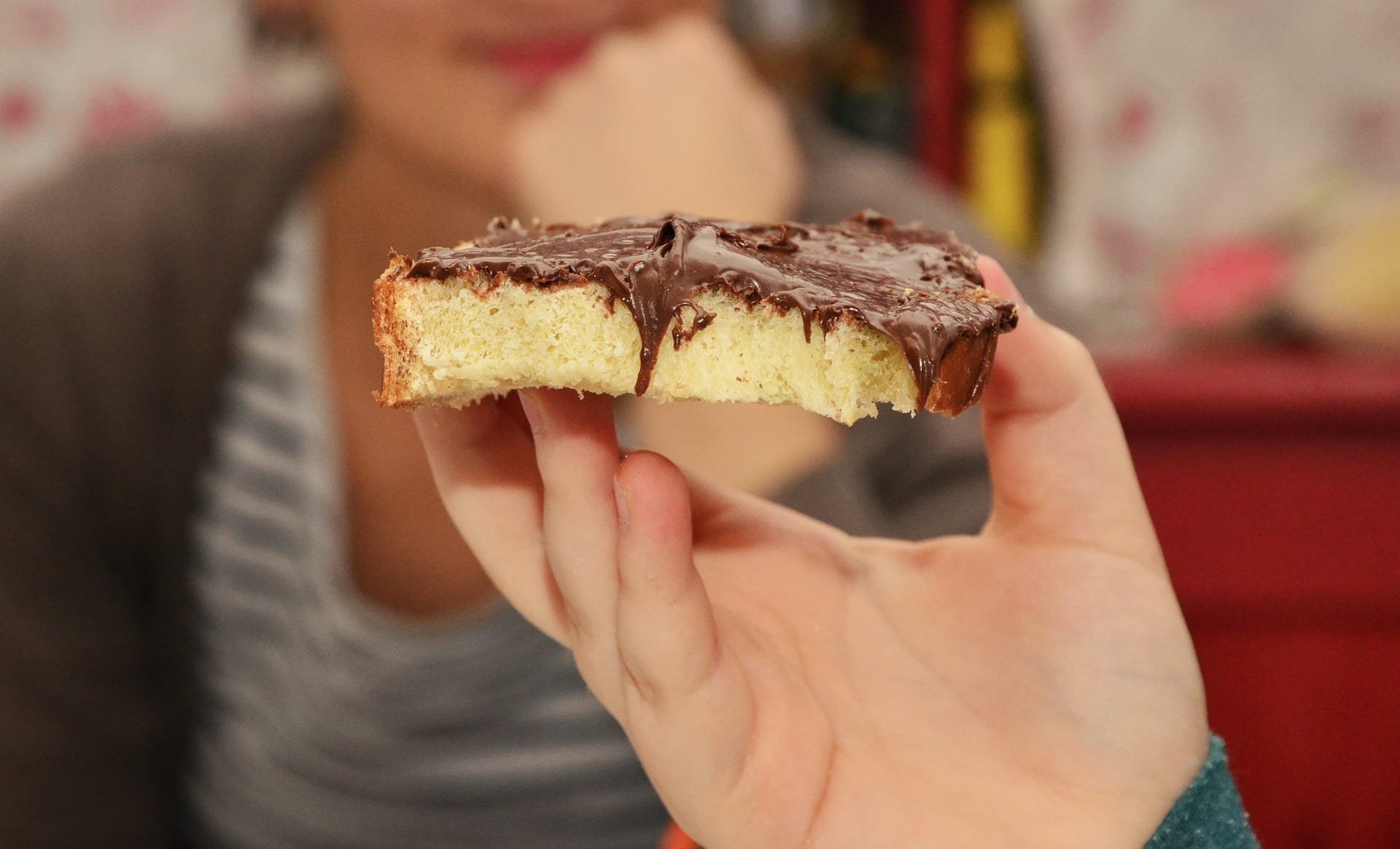
Pane e cioccolato
Before the advent of the industrial choco-hazelnut spread (now available in organic and healthier versions), kids would come in sweaty from playgrounds to munch on bread rolls cut open and stuffed with a piece of dark chocolate. This would provide energy and lift the mood when it was time to sit down and finish homework.
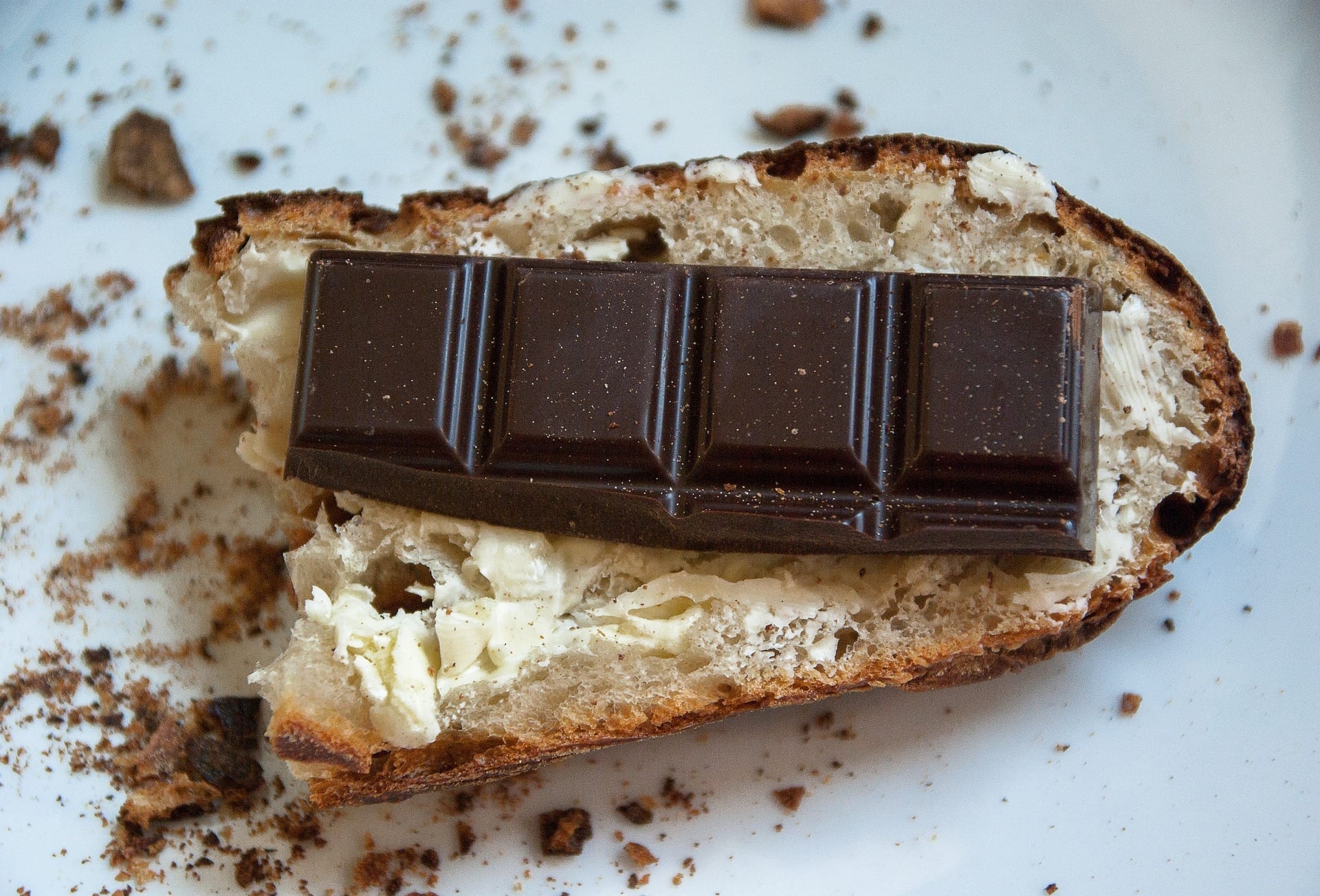
Juice or smoothie
When bananas are ripe and energy levels drop, adding them with milk and berries in the blender offers Italian kids a perfect frullato for their merenda break. When in season, Vitamin C levels are procured by fresh-squeezed orange and mandarin juice.
Crostata recipe
Every Italian grandmother has her own recipe and every grandson swears by their own as the best. Here is a nonna-approved crostata recipe that will turn out even better if prepared with homemade jam.
Ingredients
250 g “00” flour
30 g corn starch (Maizena)
100 g sugar
120 g cold butter, cubed
1 egg + 1 yolk
1 tsp. baking powder
1 pinch of salt
1 jar of your preferred jam
In a large bowl, mix the flour with the baking powder, sugar and salt. Add the cold butter and mix with your fingertips to obtain a sandy texture.
Shape the mix into a volcano and drop in the egg and the yolk in the “crater”, kneading to obtain a satiny, smooth ball of dough. Wrap in cling film and refrigerate for 30 minutes.
Divide the dough and set aside 1/3 of it for later.
Roll out the 2/3 of dough to a flat disc (3/4 mm thick) and about 30 cm in diameter. Lift the rolled out shortbread and blanket a parchment paper-lined pie shell measuring 24 cm in diameter and 3 cm tall rim. Crimp any excess dough around the edge of the pie dish.
Delicately pierce the bottom of the crust with the tines of a fork. Spread the jam evenly to cover the entire base of the tart.
Roll out ropes or cut ribbons with a serrated pastry wheel from the saved dough and lay in diamond-shaped lattice. Any leftover dough can decorate the edges of your crostata.
Bake in a ventilated oven for 30 minutes at 180 °C, or until golden. Let it cool before serving for merenda.
by Eleonora Baldwin

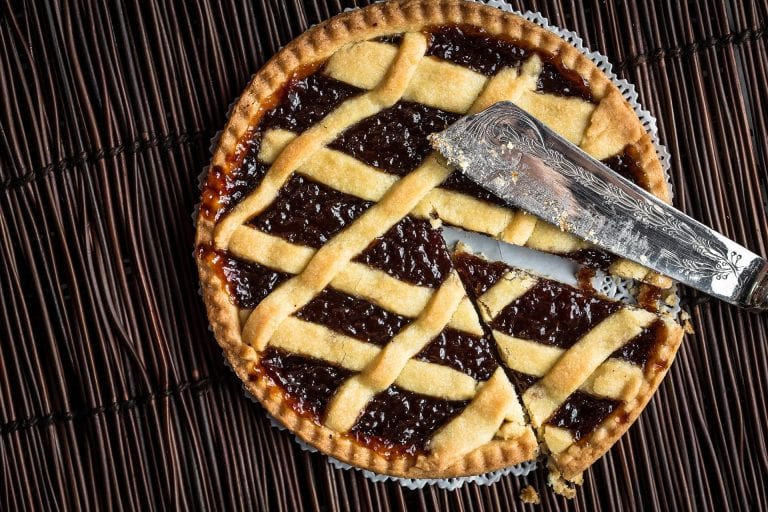
 Lost inside Vinitaly? Here are five tastings to try, according to Gambero Rosso
Lost inside Vinitaly? Here are five tastings to try, according to Gambero Rosso The US market accounts for 24% of global exports of Italian wine. Federvini: “We cannot risk being pushed out”
The US market accounts for 24% of global exports of Italian wine. Federvini: “We cannot risk being pushed out” The Japanese chef who gave up the Michelin star opens a place in Milan where you dine barefoot and listen to Hi-Fi music
The Japanese chef who gave up the Michelin star opens a place in Milan where you dine barefoot and listen to Hi-Fi music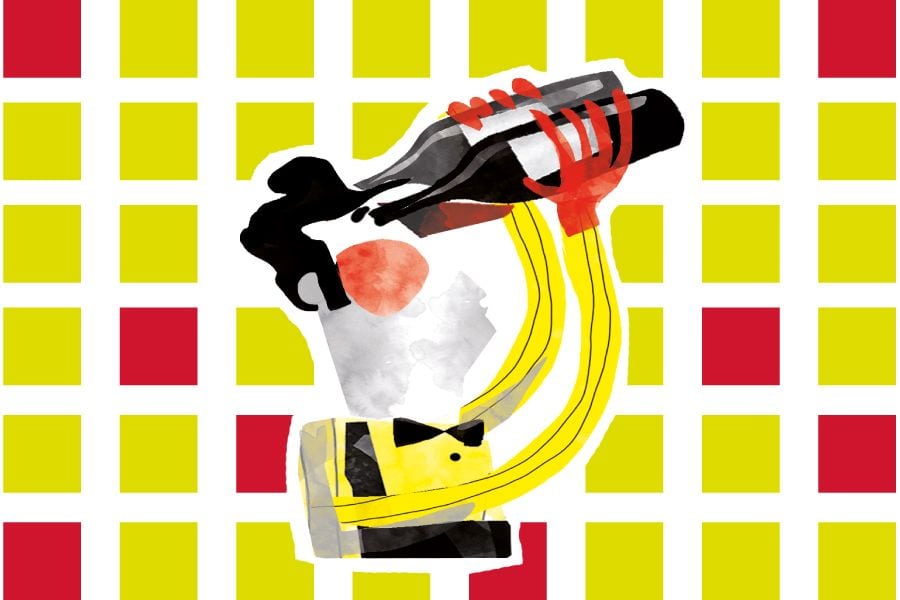 For the first time, Vini Rari arrive at Vinitaly 2025. Here's what they are
For the first time, Vini Rari arrive at Vinitaly 2025. Here's what they are Here are all the events to watch out for at Vinitaly 2025
Here are all the events to watch out for at Vinitaly 2025